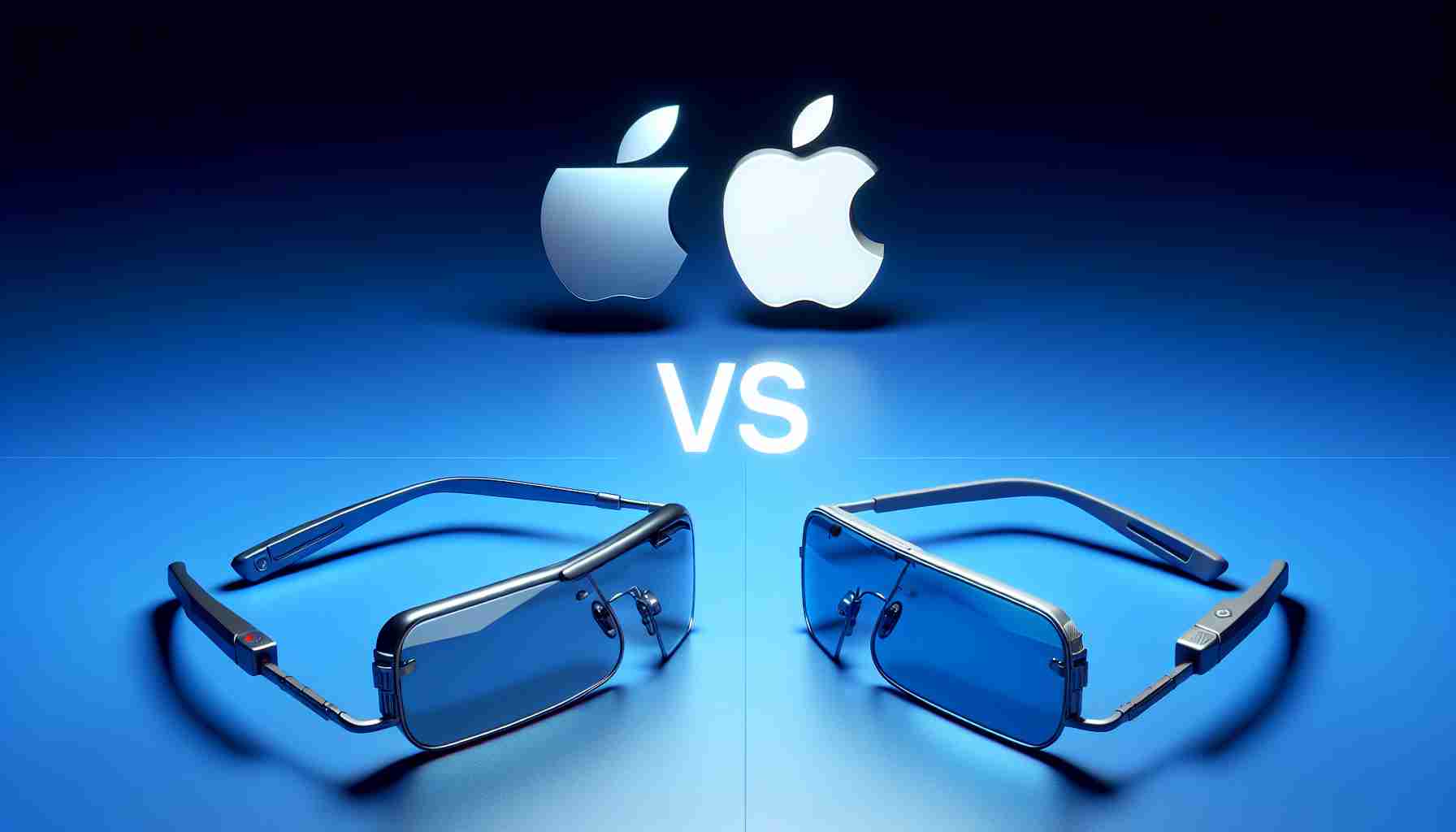The world of face computers is expanding, and two tech giants, Meta and Apple, are leading the way. While both companies have introduced their own versions of smart glasses, their approaches diverge significantly. Meta’s focus is on providing a more accessible experience that allows users to interact with real objects in real space, while Apple aims to push the boundaries of technology with a headset that offers virtual and mixed reality experiences.
Meta’s smart glasses, such as the Ray-Ban Meta Smart Glasses, offer a taste of augmented reality in the present. These glasses are designed to be more affordable and user-friendly, allowing the public to experience the potential of AR firsthand. Despite their limitations, they have garnered strong demand and engagement, with Meta’s Reality Labs recording record revenue last quarter. Even skeptics have been won over by the Meta glasses, recognizing their potential as a game-changer in various fields, such as content creation.
On the other hand, Apple’s Vision Pro headset is a technologically impressive mixed reality device. It boasts advanced hardware innovation and showcases Apple’s prowess in creating cutting-edge technology. The Vision Pro aims to set a new benchmark in the industry, signaling to consumers that the future of face computers is here. However, the high price tag and the lack of clarity on how to fully utilize its spatial computing capabilities have raised concerns among potential buyers.
Meta’s strategy of providing accessible and practical features in their smart glasses has resonated with users who appreciate their seamless integration into their daily lives. By focusing on what users can do now, Meta aims to gradually introduce the concept of AR and build a loyal user base. Apple, on the other hand, relies on its reputation and the allure of its top-of-the-line technology to captivate users, banking on their trust and eventual adoption of the Vision Pro.
Ultimately, the battle between Meta and Apple in the world of smart glasses comes down to the question of accessibility versus pushing boundaries. Meta’s approach allows users to dip their toes into AR while Apple aims to redefine the limits of face computer technology. Only time will tell which strategy will prevail, but one thing is certain: the world of augmented reality is evolving, and these smart glasses are just the beginning.
FAQ:
1. What is Meta’s focus with their smart glasses?
Meta’s focus is on providing a more accessible experience that allows users to interact with real objects in real space.
2. What are some key features of Meta’s smart glasses?
Meta’s smart glasses, such as the Ray-Ban Meta Smart Glasses, offer augmented reality experiences and are designed to be more affordable and user-friendly.
3. What has been the response to Meta’s smart glasses?
Meta’s smart glasses have garnered strong demand and engagement, with Meta’s Reality Labs recording record revenue last quarter. Even skeptics have recognized their potential as a game-changer in various fields, such as content creation.
4. What is Apple’s approach with their smart glasses?
Apple aims to push the boundaries of technology with a headset that offers virtual and mixed reality experiences. They have introduced the Vision Pro headset, which is a technologically impressive mixed reality device.
5. What are some concerns raised about Apple’s Vision Pro headset?
The high price tag and the lack of clarity on how to fully utilize its spatial computing capabilities have raised concerns among potential buyers.
6. How does Meta aim to build a loyal user base?
Meta focuses on providing accessible and practical features in their smart glasses, gradually introducing the concept of AR and seamlessly integrating them into users’ daily lives.
7. How does Apple aim to captivate users with their Vision Pro headset?
Apple relies on its reputation and the allure of its top-of-the-line technology to captivate users, banking on their trust and eventual adoption of the Vision Pro.
Definitions:
– Augmented Reality (AR): A technology that overlays computer-generated images or information onto the real-world environment.
– Mixed Reality: A combination of virtual reality and augmented reality, merging real and virtual environments to create new environments and visualizations.
Related links:
– Meta website
– Apple website
The source of the article is from the blog aovotice.cz
